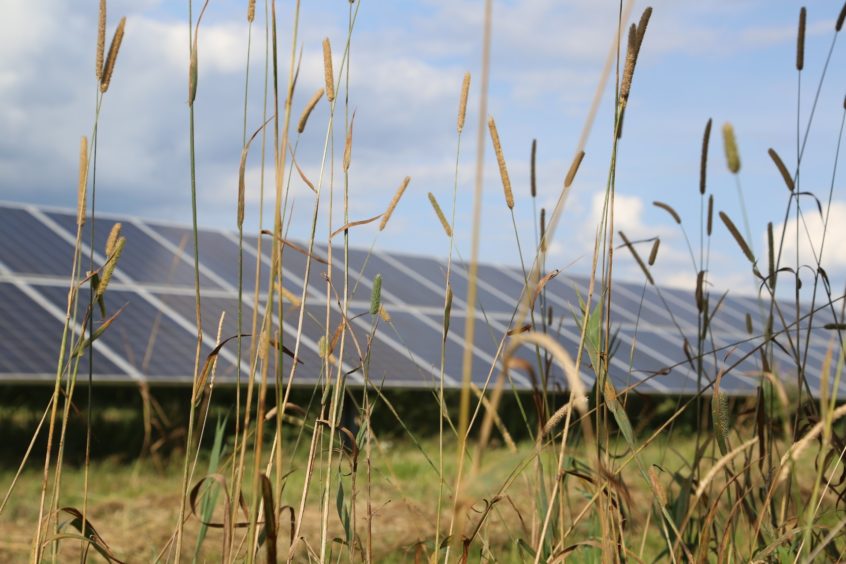
Renewable energy is now edging out fossil fuels on price as technologies achieve lower power costs, according to a new report.
An International Renewable Energy Agency (IRENA) study published today claims that more than half of the renewable capacity added in 2019 achieved lower power costs than the cheapest new coal plants.
The report also highlights that new renewable power generation projects are now increasingly undercutting existing coal-fired plants.
It found that new solar photovoltaic (PV) and onshore wind power cost less than keeping many existing coal plants in operation.
It predicts that in 2021, up to 1 200 gigawatts (GW) of existing coal capacity could cost more to operate than the cost of new utility-scale solar PV.
Francesco La Camera, director-general of IRENA, said: “We have reached an important turning point in the energy transition.
“The case for new and much of the existing coal power generation, is both environmentally and economically unjustifiable.
“Renewable energy is increasingly the cheapest source of new electricity, offering tremendous potential to stimulate the global economy and get people back to work.
“Renewable investments are stable, cost-effective and attractive offering consistent and predictable returns while delivering benefits to the wider economy.”
Renewable electricity costs have fallen sharply over the past decade, driven by improving technologies, economies of scale, increasingly competitive supply chains and growing developer experience.
Since 2010, utility-scale solar PV power has shown the sharpest cost decline at 82%, followed by concentrating solar power (CSP) at 47%, onshore wind at 39% and offshore wind at 29%.
Mr La Camera added: “Renewables offer a way to align short-term policy action with medium- and long-term energy and climate goals.
“Renewables must be the backbone of national efforts to restart economies in the wake of the Covid-19 outbreak.”
Recommended for you
